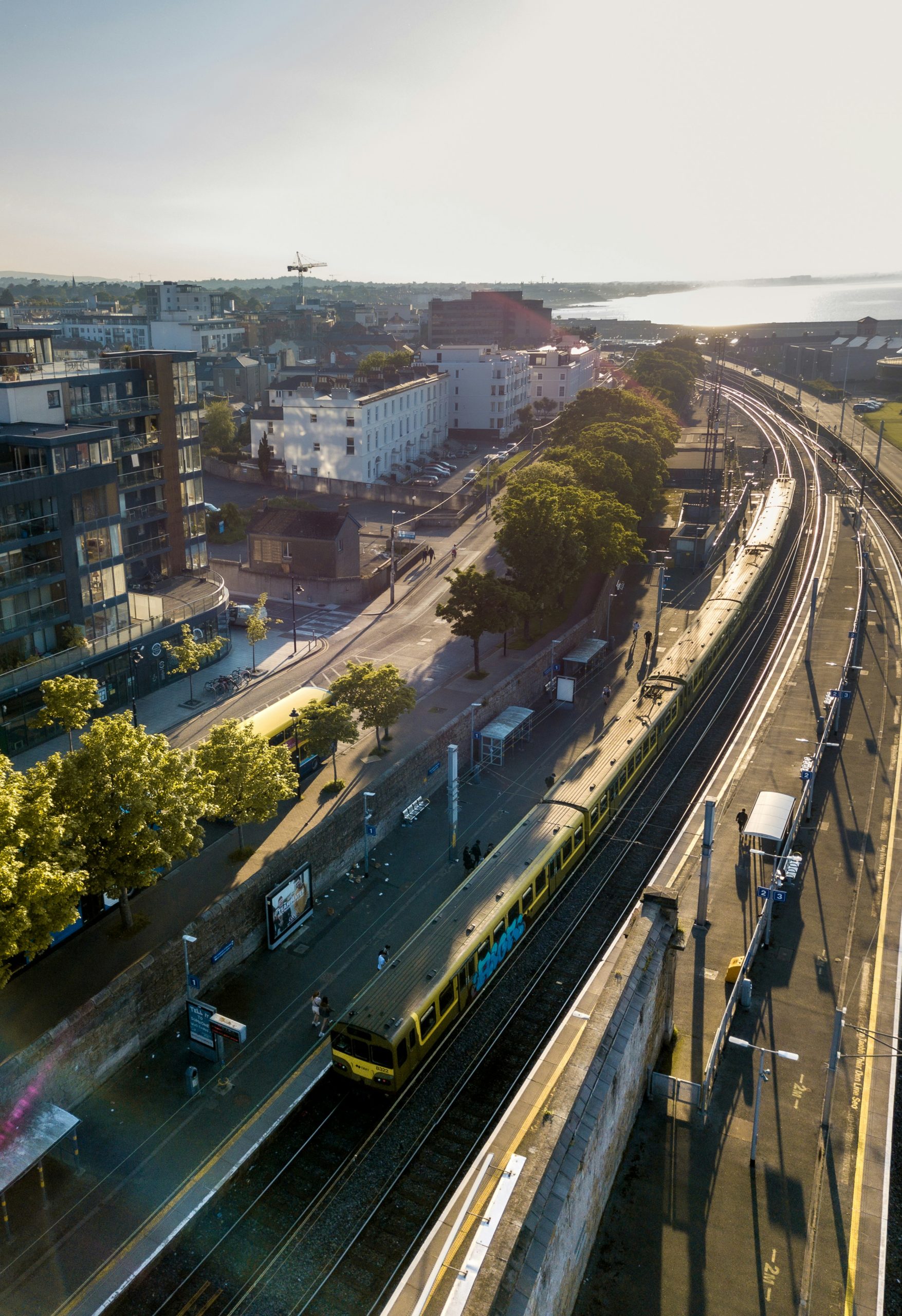Mobility is a fundamental pillar of modern societies and economies because it connects people and places, facilitates global trade, and provides access to essential services such as education and health care. However, to date, this sector has a strongly negative impact on the environment and human health since it is responsible for about 25% of total greenhouse gas emissions in the European Union.
Given the objective of reducing these emissions to zero in Europe by 2050, the complete decarbonization of the mobility sector is a complex but ambitious challenge that requires a holistic approach and the adoption of wide-ranging measures. In fact, mobility is a multidisciplinary subject that intertwines technology, economics, environment and social aspects, making it essential to involve multiple actors including governments, companies, communities and citizens. It is only through coordination and collaboration among these different parties that it is possible to take full advantage of the available tools and build innovative solutions for an effective and shared transition.
In practice, decision makers have many tools at their disposal, which, to simplify, can be classified into two broad macro categories: hard measures and soft measures.
HARD MEASURES
The term hard measures refers to all structural or regulatory interventions aimed at modifying infrastructure or expanding the mobility supply available in an area. Some of these interventions include the construction of new bicycle lanes, the establishment of speed restricted zones or the creation of Bus Rapid Transit areas.
A virtuous example related to the use of hard measures is Paris. In 2007, the French capital was one of the most polluted cities in Europe, but starting in 2014, Mayor Anne Hidalgo initiated a radical transformation of the city with the introduction of more than 300 school roads closed to traffic, the creation of numerous speed restricted zones and the construction of hundreds of kilometers of bicycle lanes. These and many other interventions have contributed over time to significant reductions in pollutant emissions, promoting the well-being of citizens and leading the city to win the Sustainable Transport Award in 2023.
Although it certainly represents a virtuous example, thinking that what happened in Paris can be easily replicated in other contexts risks being simplistic and potentially counterproductive. The change that has taken place over the years in the French capital has in fact been possible thanks to a combination of many factors, including, to name a few, strong political and popular support as well as a highly developed public transport system that integrates RER, metros, buses and numerous shared mobility services. However, the reality is that not all cities can rely on such advanced mobility offerings, and in many contexts similar initiatives may face political or social resistance, discouraging decision makers from embarking on similar paths of transformation.
SOFT MEASURES
In the absence of much leeway on the supply side, it is possible for decision makers to work on the demand side, using soft measures. The term soft measures refers to all those measures aimed at changing citizens’ habits (albeit remaining within a context of libertarian paternalism) such as economic incentives and forms of nudge and gamification.
Using economic incentives to change consumer preferences (and thus choices) is a widely used practice in economics and one that in the context of mobility takes on the guise of making public and shared forms of transportation even more accessible. Especially in recent years, several countries (including Spain, Italy, Luxembourg, and Estonia) have pursued programs to make public transport free for all citizens, but have had mixed results. Another case of the use of economic incentives has been in Italy itself, which, starting in 2023 as part of the MaaS4Italy project, has developed an incentive program aimed at encouraging multimodal forms of transportation (we have discussed this topic in more detail here.)
In addition to economic incentives, the importance of tools such as nudges and forms of gamification is increasingly emerging in recent years. These tools have their roots in psychology and behavioral economics and, when used correctly, can be particularly effective for very little expenditure of resources.
Nudges are interventions that direct people’s choices without the use of monetary incentives or without imposing obligations or prohibitions, but rather by changing the decision-making environment. In the context of mobility, some of the most popular nudges include the use of travel tracking systems to indicate CO2 emissions saved and the use of push notification systems with a focus on mobility benefits.
Gamification, on the other hand, is a term coined in 2002 during the design of interfaces for commercial electronic devices (but that’s a whole other story that deserves its own narrative!) that refers to the practice of adding game dynamics into nongame environments. In the context of mobility, doing gamification means using elements such as prizes, rankings or challenges to succeed in creating greater engagement in citizens and promote a modal shift toward more sustainable forms of shared and active mobility.
Despite their enormous potential, soft measures also have some critical issues; there are in fact no one-size-fits-all solutions and all these strategies need to be adapted from time to time to local specificities, starting with a careful analysis of citizens’ needs. In other words, only by having a thorough understanding of the demand can soft measures effectively influence it.
IMPLEMENTING A COMBINED APPROACH
Although very different from each other, hard and soft measures should be understood as tools that are closely complementary to each other. Doing nudging or implementing gamification logics to encourage bicycle use without setting up adequate infrastructure risks rendering the former totally ineffective. Similarly, providing structural interventions without understanding the real needs of citizens can generate a suboptimal allocation of resources.
By using soft measures such as incentives, nudges, and forms of gamification alongside structural interventions, it is possible to create an environment that makes sustainable choices not only more accessible, but also more desirable and rewarding. In this way, the future of mobility can be designed by putting people and the planet at the center, with concrete benefits for the environment and the quality of urban life.


